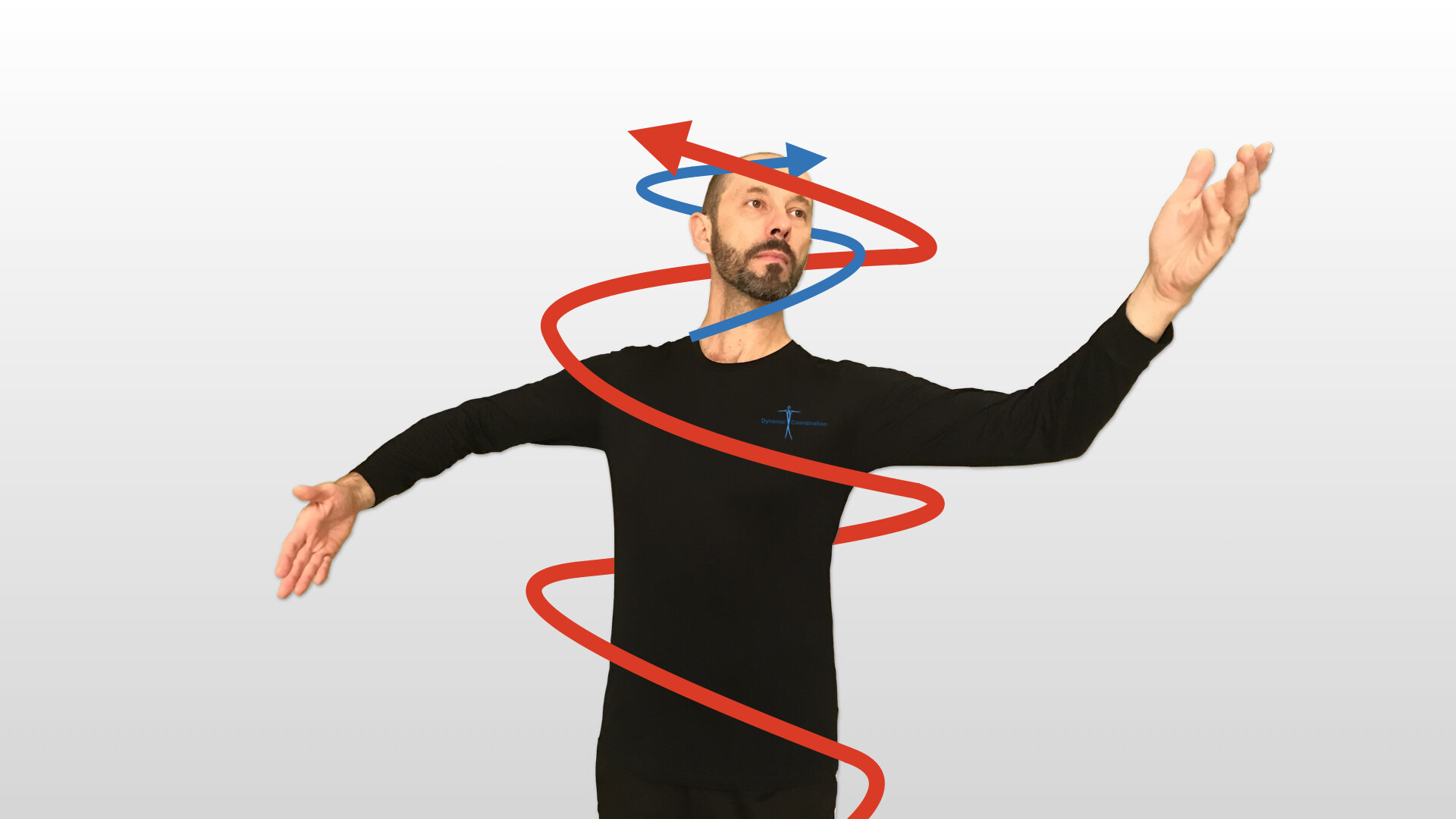The Impossible Dream: the Quest for a Perfect Posture.
Posture is one of the most misunderstood concepts in ballroom dancing. All dancers, but especially the ones training for competitions, heard from their coaches at some point that along with dancing on time, correct posture is the most important aspect of ballroom. They were told and shown what it’s supposed to look like, and from that moment on they tried to find it in every step they took. It becomes every dancer’s lifelong quest as the remarks of posture keep coming up in lessons and coaching sessions they take. It leads to many frustrations and, as a result, to artificial holding and stiffening of the spine while dancing. This approach has become so prevalent that we almost became immune to it as spectators, and in some cases even applaud it as a “good posture”.
I remember recently watching a demo of an elite standard couple during a lecture by a world famous coach, and while the live audience was wowed and online comments were full of “hearts” and “life goals” remarks, I couldn’t help but think: “Why is this man so stiff?” I think he finally found a “perfect posture” and held it throughout the entire dance. “So what’s wrong with that?”, you might think...What is wrong with this is that “perfect posture” is an illusion. There is no such thing as a universal, one size fits all, perfect posture. If we are even to use this term, I would say there is a different “perfect” (I prefer “optimal”) posture for each phase of the movement. So, if we take a natural turn in Waltz as an example, the optimal posture for the preparation step will be different from optimal posture on count “one”, which will be different from optimal posture on count “two”, which will be still different from optimal posture on count “three” (and if we were to get even more technical, the optimal posture would change from the beginning of count “one” throughout to the end of count “one”, and so on). What it means is that if you achieve an agreed so called “perfect posture” before taking the first step and try to hold it for the first three steps of the natural turn, your posture will no longer be “perfect” for all three counts.
Posture is not a static position. It is a dynamic, ever changing relationship between body parts during movement. So instead of trying to chase windmills, you would be much better off learning the natural patterns of movement and proper mechanics, and applying them to ballroom technique.
In the upcoming series of articles, I will introduce you to a concept of primary and secondary curves, and how they interweave to create spirals. I will show you how using this knowledge can enrich your understanding of ballroom dance technique, enhance your power, fluidity of movement, timing, and musicality. It will free you from the impossible quest of chasing the “perfect posture” and give you tools to use your body efficiently in an aesthetically pleasing way every step of the way. Stay tuned!







